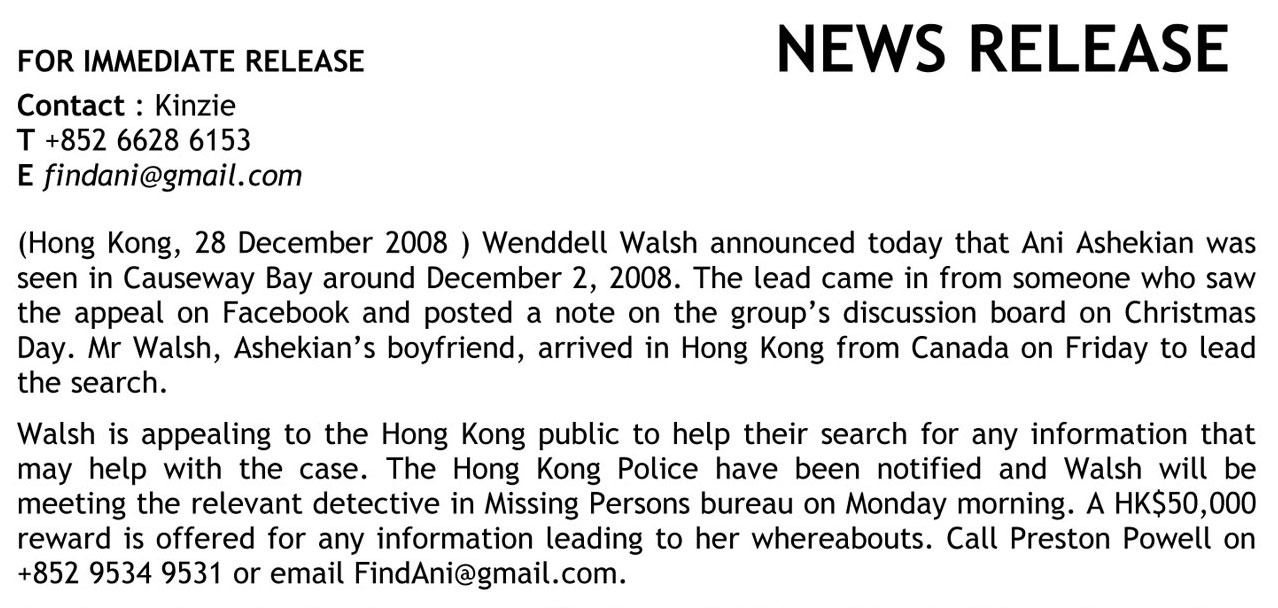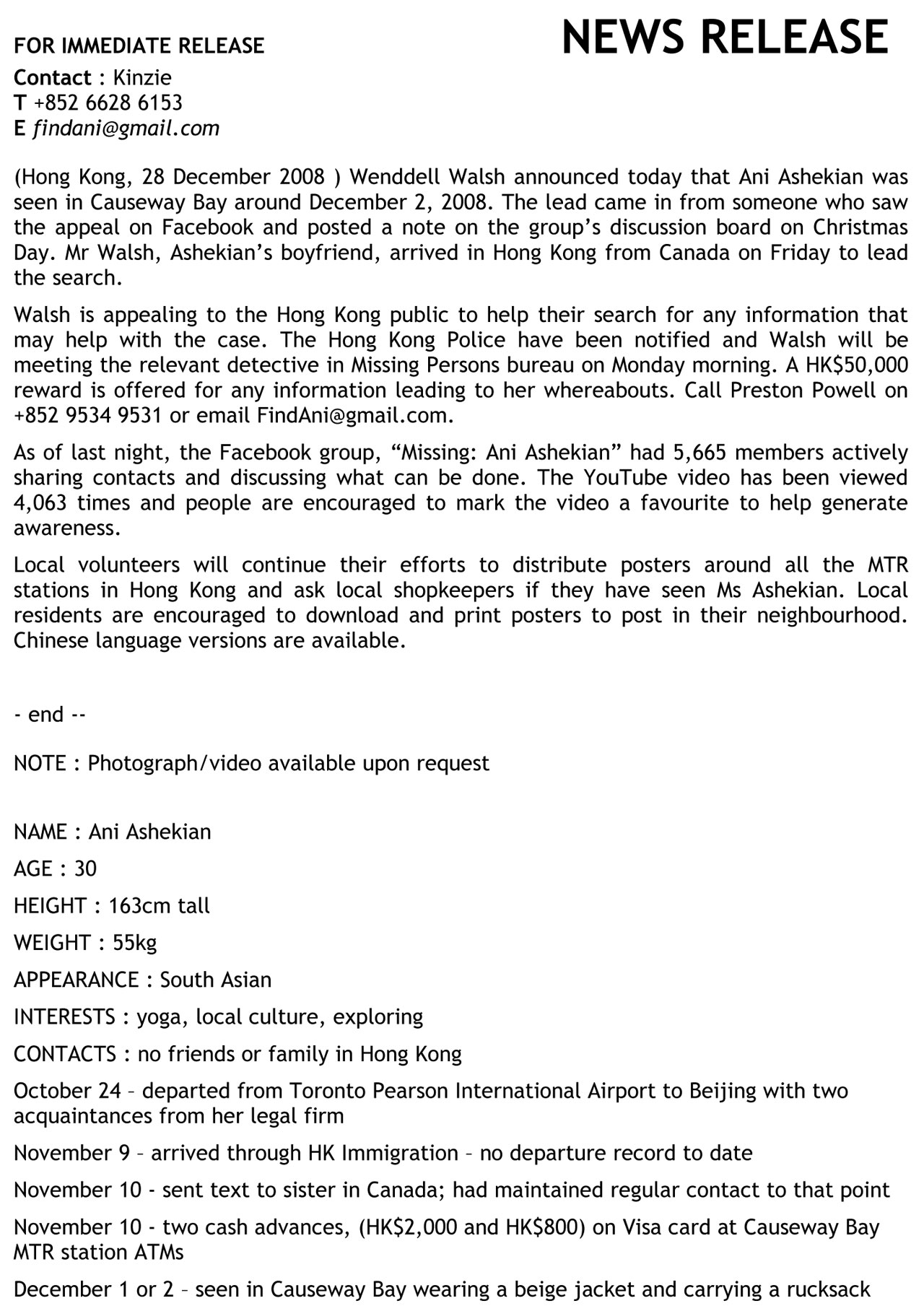I learned how to write a media release at university in the 80’s, long before the digital boom would allow anyone to publish anything online. Today, as founder of a popular natural lifestyle publishing a website and print publications, my inbox is filled with requests from companies requesting free publicity. The new DIY culture means much of the material being sent is primarily promotional material with minimum editorial value. Often, the material is incomplete, critical content is not included in the email body and highly-produced graphic attachments consume thousands of bytes of data storage unecessarily.
Here are 5 tips to publish a 21st media release
1. We now call it a “News Release” or a “Media Release” to address the fact that many of your media contacts will never encounter a printing press.
2. Include everything you want the recipient to know in the first paragraph out of respect for their time. This way, the recipient can quickly forward the message to the relevant editor or journalist if and they find it of interest and it is not in their area.
3. Include your contact details at the top and leave out the logo or it looks more like promotion and less like news. You can include the logo on a separate page if you like, along with other relevant images for reference.
4. An official media release does not include more than one page. People still print these things and the second page can get lost — this is the original thinking behind the rule from back in the days when we used typewriters.
5. Include the content of the release in the body of the email so it can be quickly and easily copied and pasted. Lots of bloggers are printing media releases as-is these days.
Here is an example:


